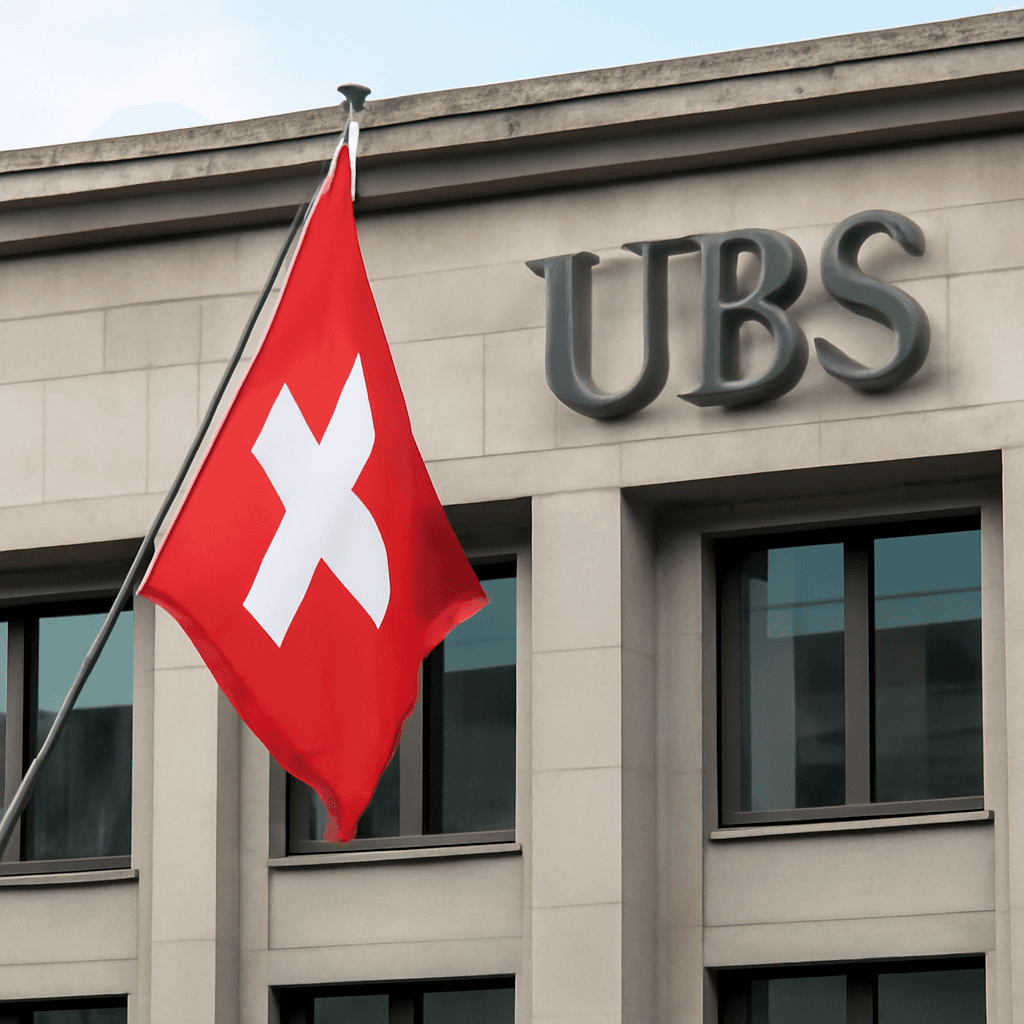Understanding the Fine Line Between Arbitrage and Market Manipulation
In the ever-complex world of financial markets, the distinction between legal arbitrage and illicit market manipulation often blurs into a challenging gray area. This has been brought sharply into focus recently, as India’s Securities and Exchange Board (SEBI) took decisive action against the prominent high-frequency trading firm Jane Street, alleging large-scale market manipulation. This case ignites crucial conversations about how intent and impact define the boundary between savvy trading and illegal market interference.
What Is Arbitrage — and When Might It Become Manipulation?
At its essence, arbitrage involves buying and selling assets simultaneously in different markets to take advantage of price discrepancies. It’s traditionally seen as a legal, often beneficial activity that enhances market efficiency by correcting price inconsistencies.
In contrast, market manipulation is illegal and characterized by deliberate interference—actions intended to mislead or distort market prices and trading volumes to secure unfair gains. Examples include spoofing, pump-and-dump schemes, and wash trading.
The crux of the matter is: when does arbitrage cross into manipulation? According to experts, the key difference lies in the intent behind the trades and their effect on market dynamics.
Expert Insight: Intent and Market Impact Drive the Distinction
"If you're the one pushing prices out of alignment—especially in less liquid markets—to profit on the other side, then that's manipulation," explains Pradeep Yadav, a finance professor at the University of Oklahoma.
This perspective highlights that arbitrage becomes problematic when firms manufacture price imbalances in the less liquid side of a market to reap disproportionate rewards from the more liquid side.
The Jane Street Case: SEBI’s Allegations and Firm’s Response
On July 3, 2025, SEBI barred Jane Street from India’s securities markets, accusing the U.S.-based high-frequency trader of orchestrating manipulative strategies targeting the Nifty 50 and the Nifty Bank indices. SEBI's thorough 105-page interim order details how Jane Street allegedly placed large early trades in stocks and futures linked to India’s banking sector index, then rapidly sold these positions, ostensibly to depress prices and boost profits on concurrent index options bets.
SEBI lambasted the firm’s actions as a “deliberate strategy to manipulate indices” and noted the unusually swift unwinding of large positions lacking plausible economic rationale—hallmarks of manipulation rather than genuine market trading.
However, Jane Street refuted these allegations, describing their approach as “basic index arbitrage trading” and committed to legally challenging the ban. Following this, the firm complied with SEBI’s directive to deposit $567 million into escrow, seeking to resume trading and lift restrictions.
Decoding the Legal and Market Implications of Mens Rea
The term mens rea — Latin for “guilty mind” — is a cornerstone in financial market law and crucial to parsing Jane Street’s case. Mens rea implies the intention or knowledge of wrongdoing, which separates market manipulation from legitimate trading strategies.
"Manipulation requires demonstrable intent to distort prices," notes Professor Yadav. "If prices are already out of sync, arbitraging those differences is lawful. But if a trader is the catalyst for that mispricing — particularly in less liquid markets — that crosses into illegality."
In India’s context, the options market boasts high liquidity due to robust participation, but the spot and futures markets are comparatively thin. This structural disparity makes the less liquid segments vulnerable to price movements triggered by hefty trades, a tactic allegedly exploited by Jane Street.
The Debate Among Experts: Aggressive Trading or Unlawful Manipulation?
While many analysts emphasize intent, opinions diverge on whether Jane Street’s strategy was manipulative or within legal bounds. V Raghunathan, former SEBI primary market board member, argues that:
"Aggressive arbitrage — exploiting minuscule inefficiencies between assets or venues — is generally legal and beneficial for overall market efficiency."
He points to practices like latency arbitrage, where firms capitalize on tiny, fleeting data lags between exchanges, often drawing criticism yet rarely condemned as illegal.
Nevertheless, Raghunathan concedes that the Jane Street episode raises important questions about whether strategies tread dangerously close to manipulation, particularly given the market’s structural vulnerabilities.
Regulatory Context and Broader Market Impact
SEBI’s case against Jane Street is a wake-up call revealing potential gaps in India’s market architecture, notably:
- Liquidity imbalances between spot and options markets that can be exploited.
- The challenge regulators face in distinguishing between legal arbitrage and illicit manipulation.
- High incidence of losses among retail equity derivative traders—SEBI reports 91% lost money last year—indicating risks within the market environment.
For global context, Paul Rowady, director of research at Alphacution Research, highlights that similar allegations in the U.S. would focus heavily on evidence of deceptive trade practices, such as spoofing.
Howard Fischer, a former SEC litigator now practicing law, sums it up with a memorable analogy: "Arbitrage is like noticing a neighbor’s house is prone to fires and taking out insurance. Manipulation is lighting the fire yourself to claim that insurance."
Looking Ahead: What This Means for Market Participants and Regulators
The Jane Street investigation underscores the evolving complexity of market surveillance amid technological advances in trading. Regulators worldwide grapple with balancing market efficiency, innovation, and investor protection.
Key takeaways include:
- Intent remains central in distinguishing manipulation from legitimate trading activity.
- Regulatory frameworks must adapt to sophisticated strategies that exploit structural market nuances.
- Transparency and robust data are essential for credible enforcement.
- Market participants must weigh the ethical and legal risks of aggressive arbitrage tactics.
Editor's Note:
The Jane Street case is more than a regulatory battle; it reflects broader questions facing global capital markets. How can regulators keep pace with lightning-fast algorithms? When does aggressive strategy cross ethical or legal lines? For investors and policymakers alike, understanding mens rea is paramount—not only the actions themselves but the intentions behind them. This story invites readers to think critically about the evolving fabric of financial markets, where the quest for profit dances ever so closely with the pursuit of fairness and integrity.



















